You have probably heard the term ‘antioxidant’ thrown around in the health food world. You may be aware with the term fruits with antioxidants as they are good for you (and you should probably be getting more of them).

But perhaps you are unsure of what exactly they are, what they do, and how to incorporate a higher level of them into your diet.
Thankfully for you, we have written this article to explain what they are, how they work beneficiary for your body.
We have listed some of the fruits that are known to be high in antioxidants so that you can regularly eat your antioxidants (and reap all the benefits).
What Is An Antioxidant?
Antioxidants are biochemical compounds that might help to delay or even totally eliminate cell damage in the body.
When they are consumed in large amounts, they might help to defend the body from oxidative stress, which is caused by harmful free radicals (which are unstable single oxygen atoms).
When these unstable free radicals build up in your blood, they cause oxidative stress.
This can increase the risk of developing cancer and heart disease, as well as many other kinds of chronic illnesses and health problems.
Regularly consuming antioxidant-rich foods can prevent some of the damage that doctors and scientists associate with oxidative stress.
Why Are Antioxidants Good For You?
Antioxidants, such as vitamin C and vitamin E, as well as other carotenoids, flavonoids, tannins, phenol, and lignans, protect your cells from oxidation through biochemical mechanisms.
They scavenge the free radicals, chelating prooxidative metals, quenching singlet oxygen, and photosensitizers, and inactivating lipoxygenase.
Though these sound like difficult biochemical reactions to intellectually grasp (and they are) – in essence, all of these mechanisms boil down to the neutralization of unstable free radical oxygen atoms.
This prevents them from oxidization reaction with lipids (fats) in your body.
How Can I Get The Highest Antioxidant Levels From My Food?
There is a bit of a catch when it comes to consuming naturally occurring antioxidants in fruits and vegetables.
Even though some foods have high antioxidant levels, your body may not be able to absorb them during digestion.
This concept is known as bioavailability.
To increase the bioavailability of the antioxidants in your food, then it might be a good idea to steam your food to break down cell walls (so it is easier to absorb the antioxidants through the cell walls).
You can also combine different food that complements each other so that the amount of antioxidants that are bioavailable is increased. Pair up things like:
- Vitamin C and plant based iron (e.g., citrus and broccoli).
- Tomatoes and olive oil (which will increase the amount of bioavailable antioxidant lycopene)
- Turmeric and black pepper (which increases the health benefits of both spices).
- Fat and fat soluble vitamins (like vitamin A, vitamin D, vitamin E and vitamin K).
1. Blueberries

Blueberries are a fruit that is rich in a whole host of beneficial nutrients, all whilst being low in calories.
A 2017 study by Drozdz, Seziene & Pyrzynska found that wild berries grown in a Polish forest showed high levels of antioxidant activity, from both fresh and dried fruits.
Along with things like vitamins, minerals, and fiber, blueberries have been proven to be jam-packed with high levels of antioxidants.
The specific polyphenolic antioxidants that were found in these wild Polish blueberries have been associated with a wide range of health benefits.
These include anti-aging and anti-diabetic effects, showing that blueberries would be a great enrichment food for the human diet.
Studies using animals have shown that regularly consuming pure forms of the antioxidants found in blueberries can have medicinal uses in the treatment of neurological conditions.
This is including those that are related to aging, such as dementia and Alzheimer’s disease.
Anthocyanins, which are the family of compounds that give many fruit and vegetables their bright colors, are also in high levels in blueberries.
Anthocyanins also belong to the group of beneficial chemicals which have antioxidant properties and anti-inflammatory actions and can provide a wide range of benefits for you.
Anthocyanins can help to prevent high levels of low-density lipoprotein (LDL) from building up in your body, as well as bad cholesterol.
These benefits can help to lower the risk of heart disease, as well as decreasing a person’s blood pressure.
Related: 16 Different White Fruits (Including Photos)(With Pictures)
2. Pomegranate
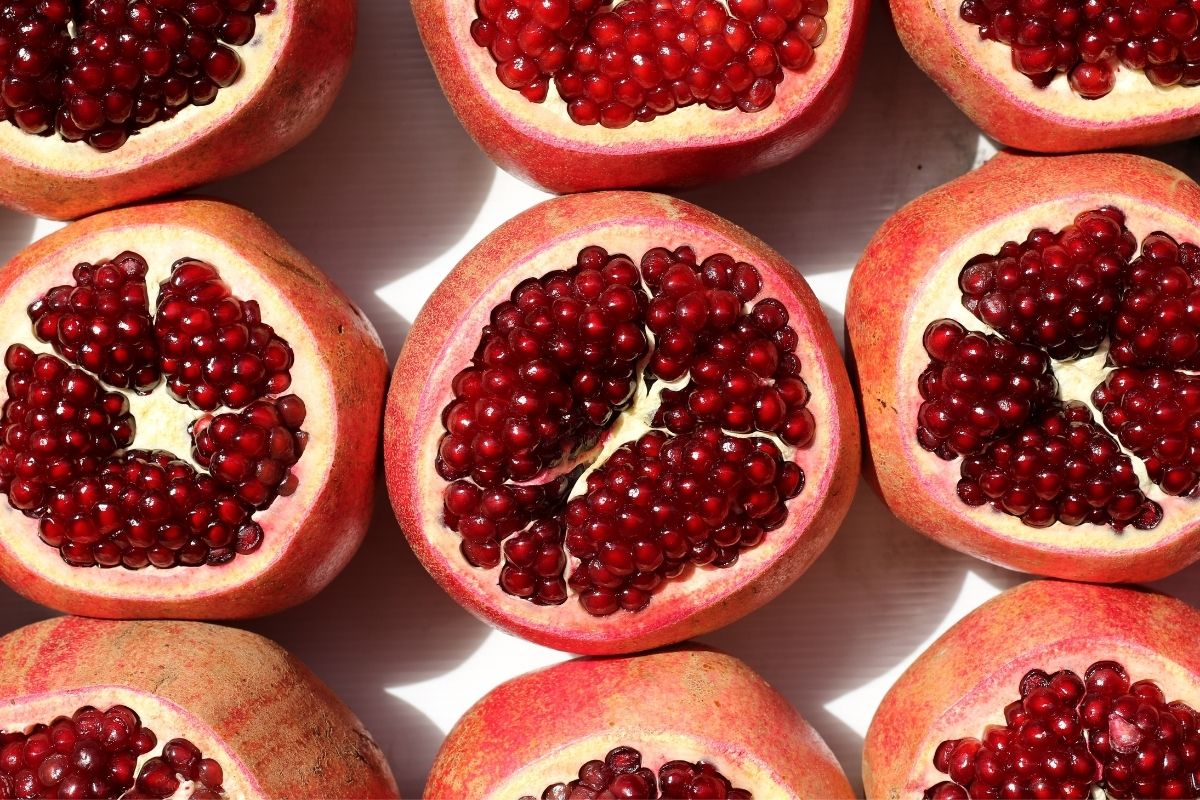
Pomegranate fruit is a potent antioxidant.
It is really rich in flavonoids, anthocyanins, punicic acid, ellagitannins, alkaloids, fructose, sucrose, glucose, simple organic acids, and other compounds that are really beneficial to human health.
Because of these compounds, pomegranate has anti-atherogenic (which helps to prevent the formation of fat plaques in blood vessels), anti-hypertensive (which helps to prevent high blood pressure), and anti-inflammatory properties.
Hence, the consumption of pomegranates can be used to treat several types of cancer, cardiovascular disease, osteoarthritis, rheumatoid arthritis, and other kinds of chronic diseases.
It can even improve wound healing and has benefits for the reproductive system.
3. Raspberries
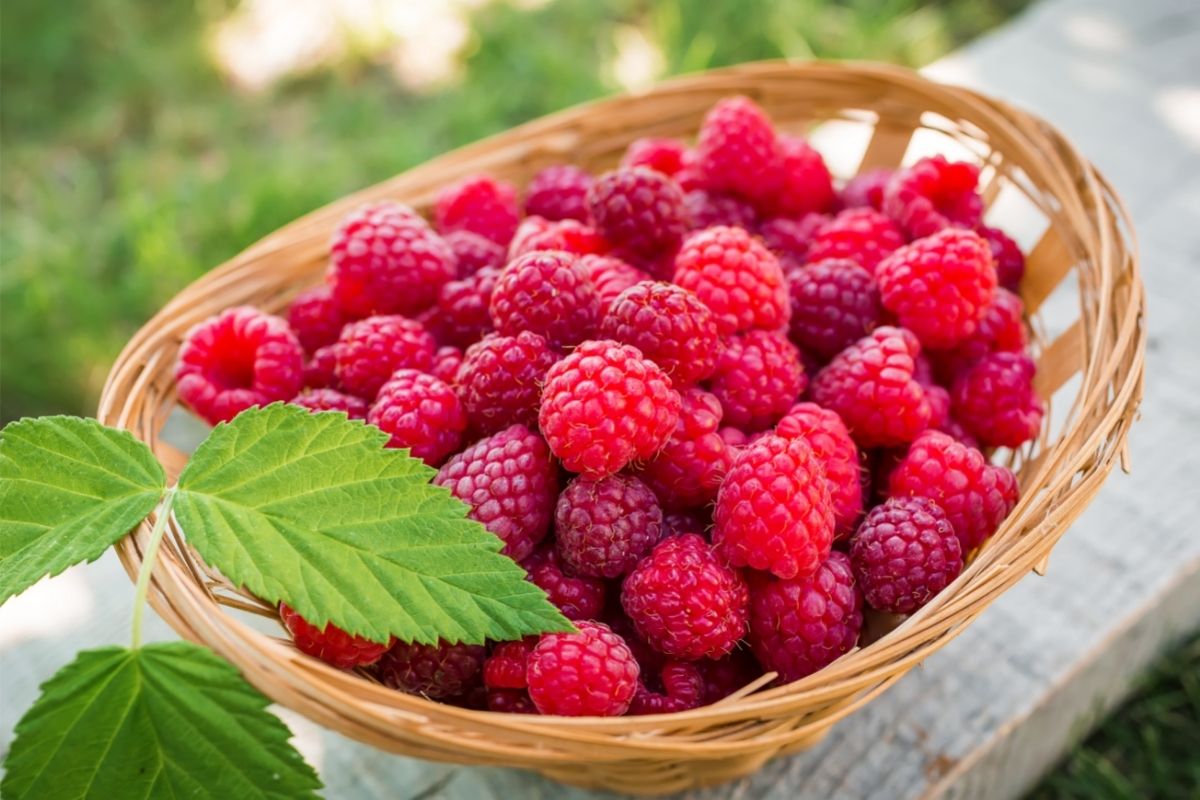
Raspberries are a great (and tasty!) source of a range of antioxidants, along with other beneficial dietary compounds, like manganese, vitamin C, and dietary fiber.
The antioxidant that is present in raspberries has been linked to the destruction of a certain type of cancer cell.
For example, a laboratory study found that raspberries helped to kill some cells in breast cancer, colon cancer, and stomach cancer cells.
The antioxidant was dropped onto these cancer cells in a test tube, which then died.
In the case of the breast cancer cells, the researchers attributed around 50 percent of the cancer cells that were destroyed were because of the antioxidants in the raspberry extract.
Studies that have been done in more recent years have found that black raspberries may be able to slow the progression/growth of cancerous tumors.
Therefore, if you are battling cancer, or have a family history of the disease, it will be a good idea to incorporate raspberries into your diet, for all of their cancer-fighting health benefits.
However, it is also worth bearing in mind that all of these studies have gathered data from experiments that have been done in test tubes.
Consequently, researchers still have to carry out studies that involve real people (as opposed to just cells), so that they can more accurately judge the effectiveness of eating raspberries to prevent and cure disease.
4. Artichoke
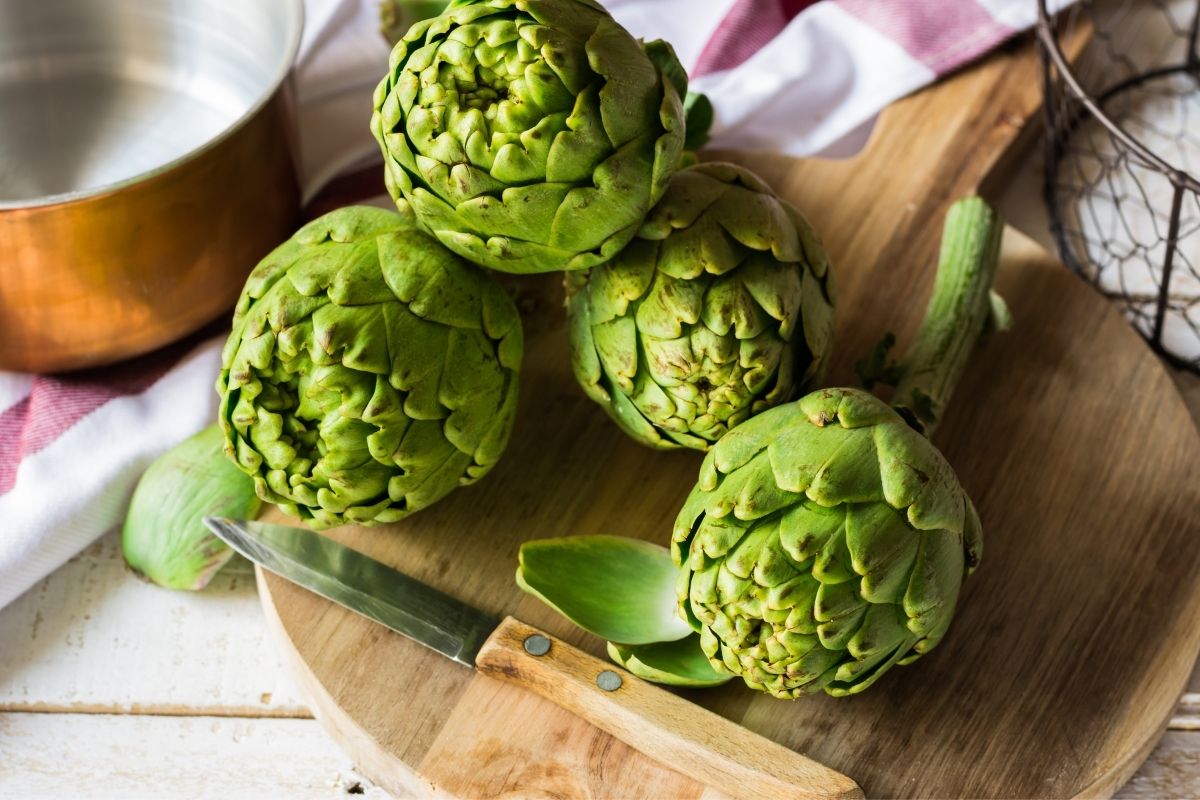
Though artichokes straggle the line between fruit and flower, we have included them on this list because they are so rich in antioxidants, and can be incredibly beneficial.
Two of their proven health benefits are aiding in lowering an individual’s cholesterol levels and improving gut health.
Studies have noted that repeated consumption of artichokes over time has led to better functioning of the gut, liver, and heart.
Other studies have proven that the antioxidant chemicals in artichokes have an effect on low-density lipoprotein cholesterol levels in the blood when testing under laboratory conditions.
From this, we can conclude that regularly eating artichokes can contribute to lowering a person’s risk of developing cardiovascular disease, and other related conditions.
However, the way that people prepare artichokes can have a big impact on their antioxidant levels.
One study compared the antioxidant levels of artichokes that had been boiled, fried, and steamed, and found that steaming the artichokes increased the effectiveness of the antioxidants by 15 times, whereas boiling the artichokes increased it eight-fold.
These results are likely because boiling and steaming the fruit breaks down the lipid cell walls, which make the whole fruit more digestible, and the antioxidants more biochemically available to your body.
5. Strawberries
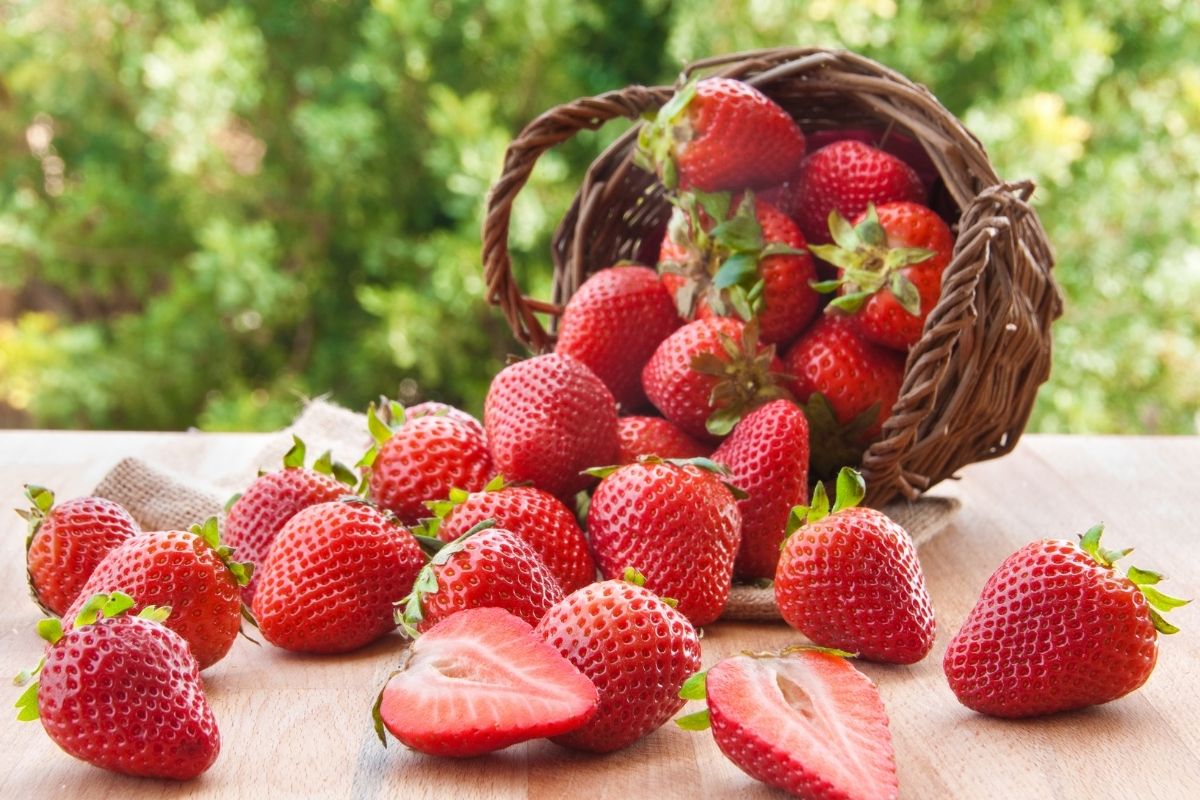
Strawberries are one of the most nutrient-rich food, containing high amounts of antioxidants, vitamins, and minerals.
This might be at least partly caused by their bright red color, which is caused by anthocyanins, which have strong antioxidant properties.
As we have already mentioned, anthocyanins are fantastic at lowering the levels of the low-density lipoprotein, cholesterol.
Taking a supplement of anthocyanins lowers LDL cholesterol levels, which can resultantly prevent or reduce the risk of developing heart disease.
We suggest that you consume strawberries raw to get the best benefits – either on their own as a snack, or as a component of a tasty and refreshing salad.
Strawberries are used in baked goods, like pies and cakes, but these products are rarely super healthy. Sometimes the baking process can prevent you from getting the full benefits of the berry’s antioxidants.
Enjoy sugary baked goods in moderation, as a small part of a healthy, balanced diet.
6. Purple or Red Grapes
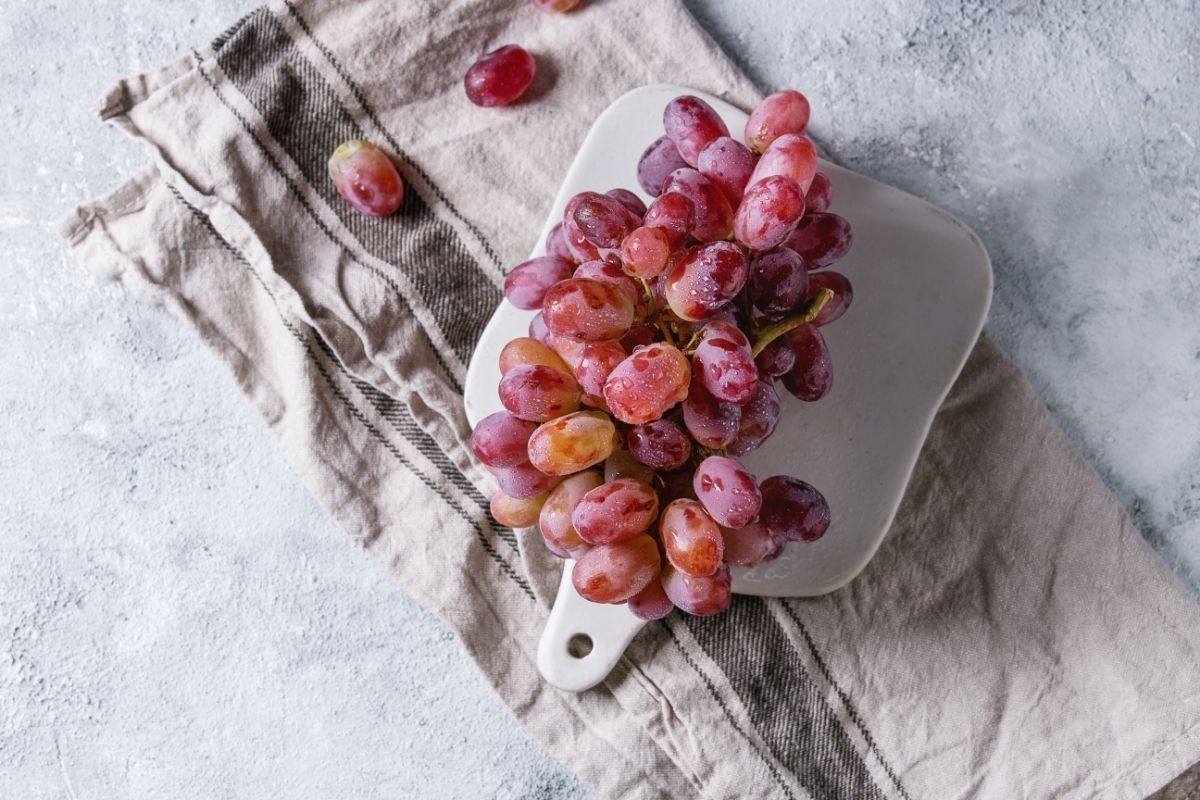
Purple and red grapes contain a variety of nutrients, including vitamin C, selenium, and our favorite antioxidants.
The two antioxidants that have the highest levels in purple and red grapes are anthocyanin and proanthocyanin.
This can help protect you from both heart disease and cancer (which are two of the most common causes of death in the USA).
However, of all the fruits that we have included on this list, red and purple colored grapes are for sure the least researched. We don’t know the exact effects of waiting grapes on heart health and cancer risk.
Final Thoughts
There are a lot of different fruits that you can incorporate into your diet to increase the number of antioxidants that you consume.
These antioxidants have a huge range of health benefits – from increasing eye and heart health and killing cancer cells.
In addition to this, they help to decrease the risk of developing cardiovascular disease or high blood pressure.
They can also protect you against a lot of other common diseases, which have been associated with harmful free radicals by scientists.
However, the extent to which these foods can help you still remains a bit opaque, and the best wants to prepare, cook, and eat these fruits for maximum antioxidant activity remains unknown.
We hope you learned something from this article, here are other articles that you can learn from:
14 Fruits With Seeds (Including Pictures)
Pumpkins: Growth Time and Stages of Development From Seeds To Fruits







